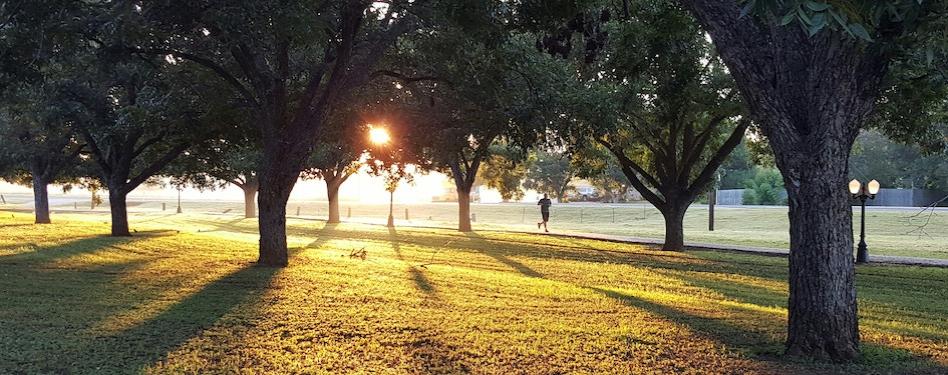
The following excerpt is from an article published in ASLA’s The Field titled “Designing for Health: How SITES Improves Quality of Life” from December 12, 2019.
Only 11 percent of people associate terms like “green space” and “green building” with creating an environment in which people live longer and healthier lives. Improved air quality is proven to increase cognitive function and decision-making skills, and connection to nature and natural materials promotes human health and wellbeing—yet only 11 percent of people see and understand this link.
This number came from research conducted as part of the U.S. Green Building Council’s Living Standard campaign, which was launched at Greenbuild Chicago in November 2018. Living Standard aims to promote healthier, safer, more equitable, and more sustainable spaces through research, storytelling, and listening to those both inside and outside of our communities.

The Living Standard Report, Volume I, found that only 11 percent of people surveyed associated terms like “green space” and “green building” as strongly related to creating a healthy environment.
Our research has found that there are a number of ways we can help people connect the dots, including relating green spaces back to health and safety outcomes, future generations, and environmental stakes. But ultimately, it boils down to storytelling and localization.
Learn more about how sustainable spaces like the Atlanta BeltLine and the West Laurel Hill Cemetery are raising the standard of living through SITES and storytelling.